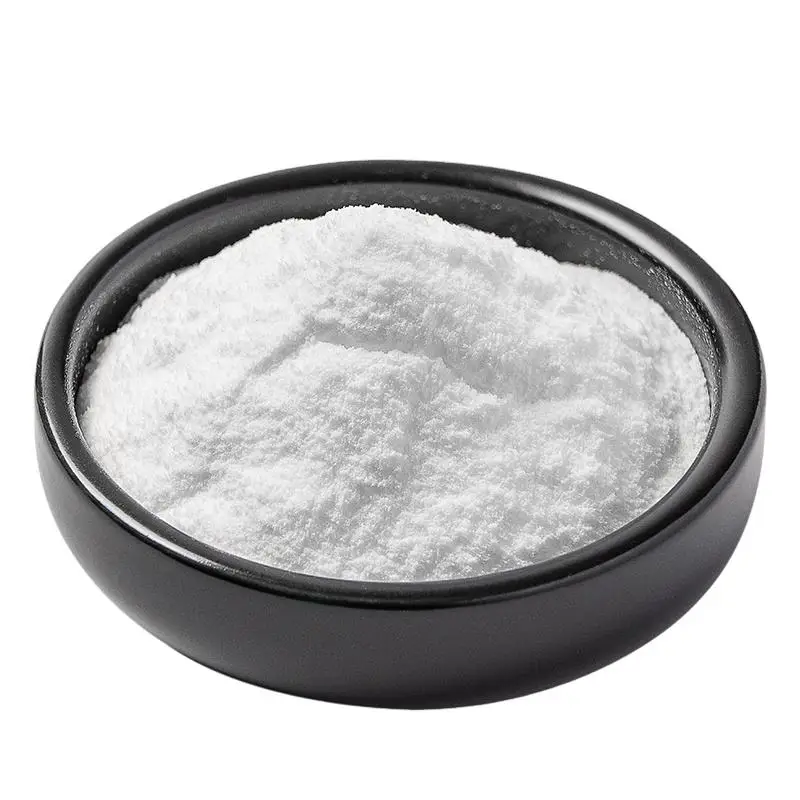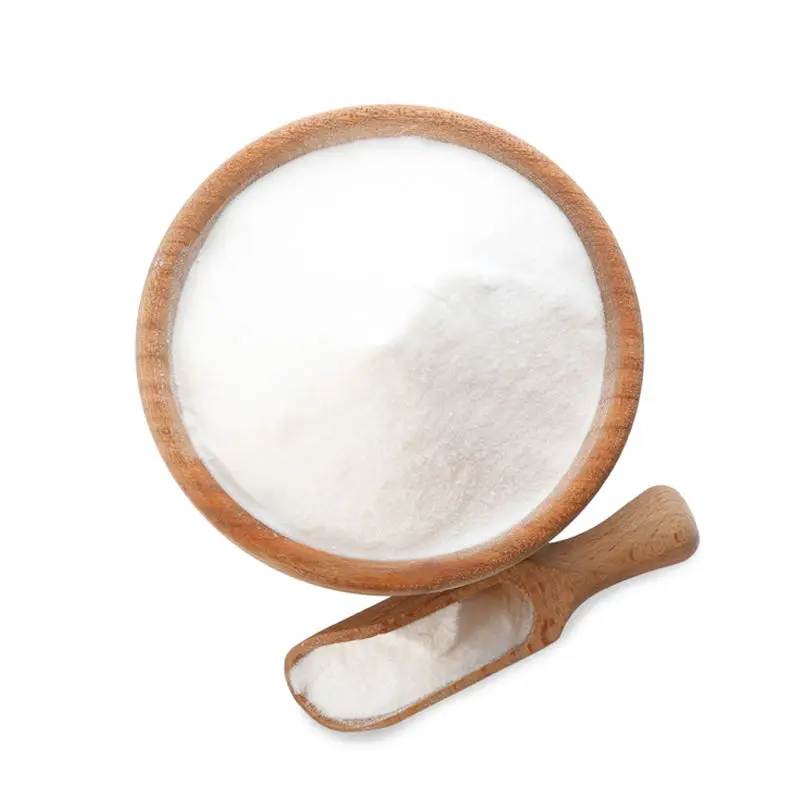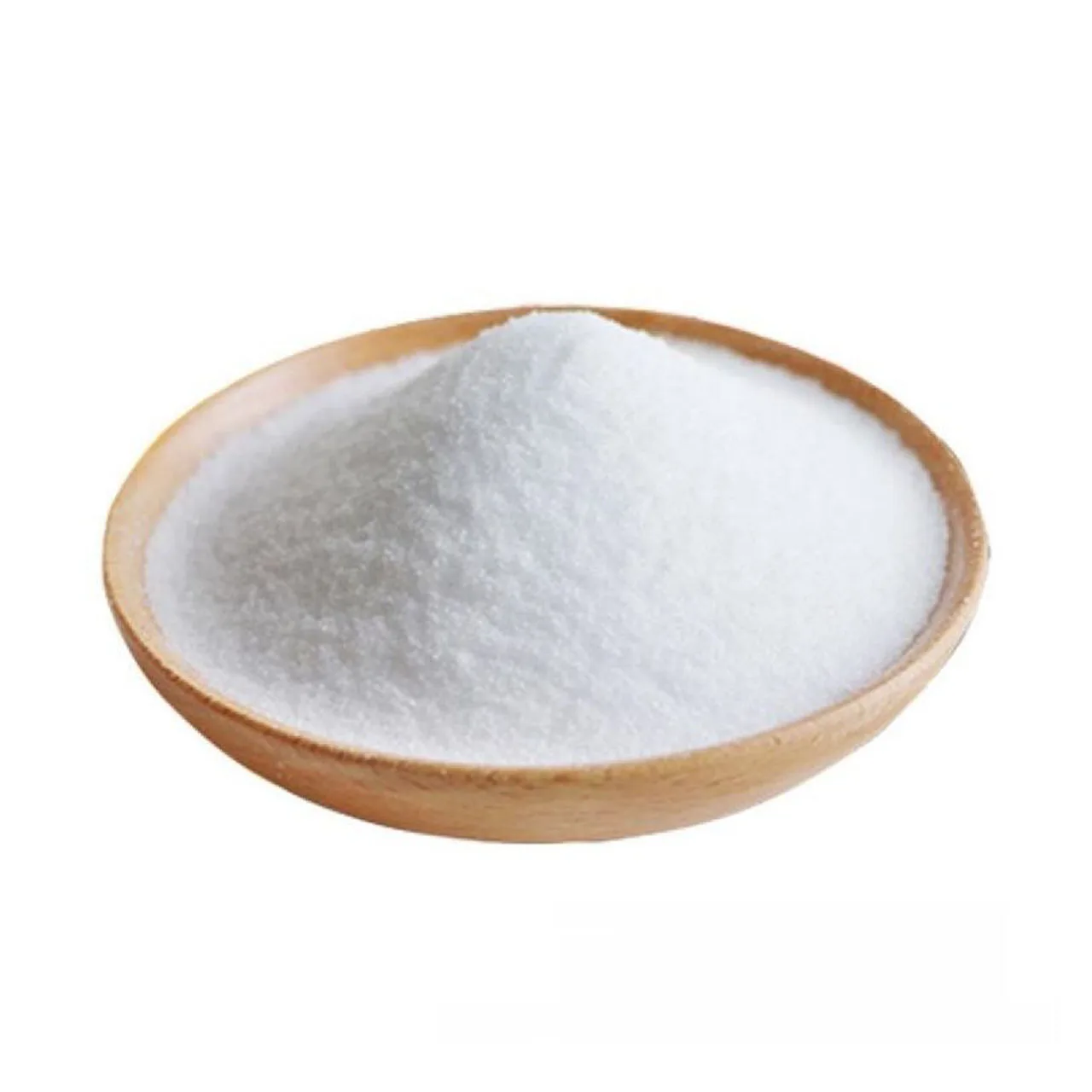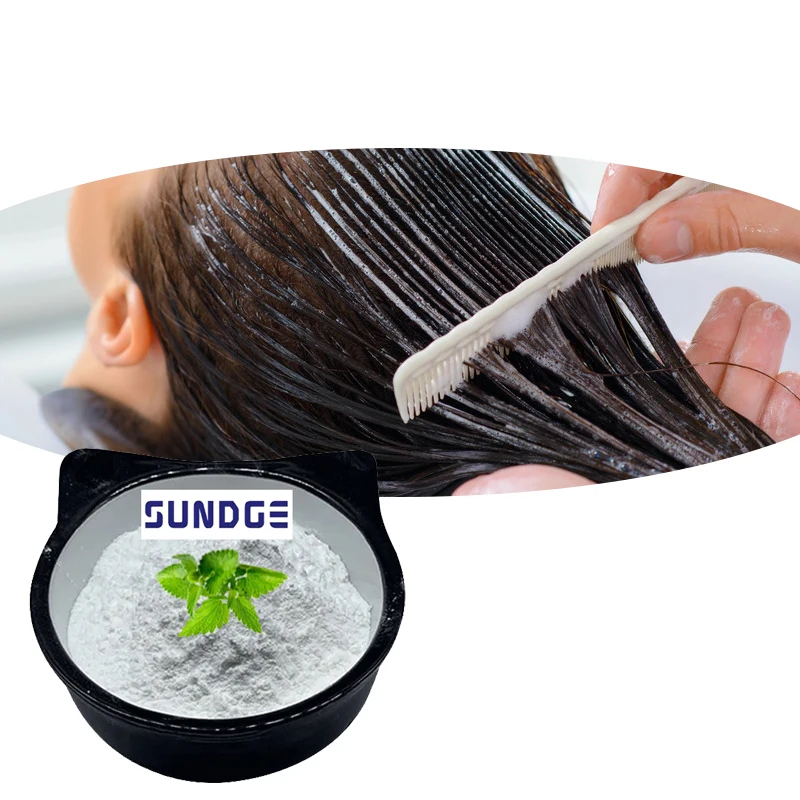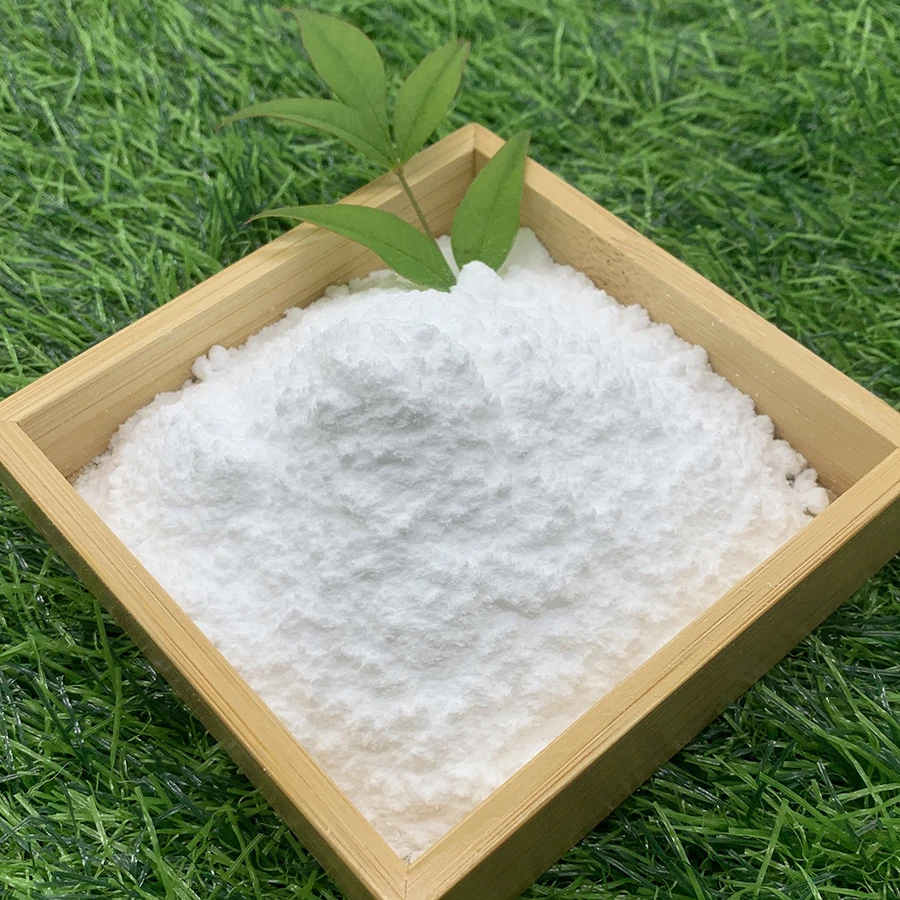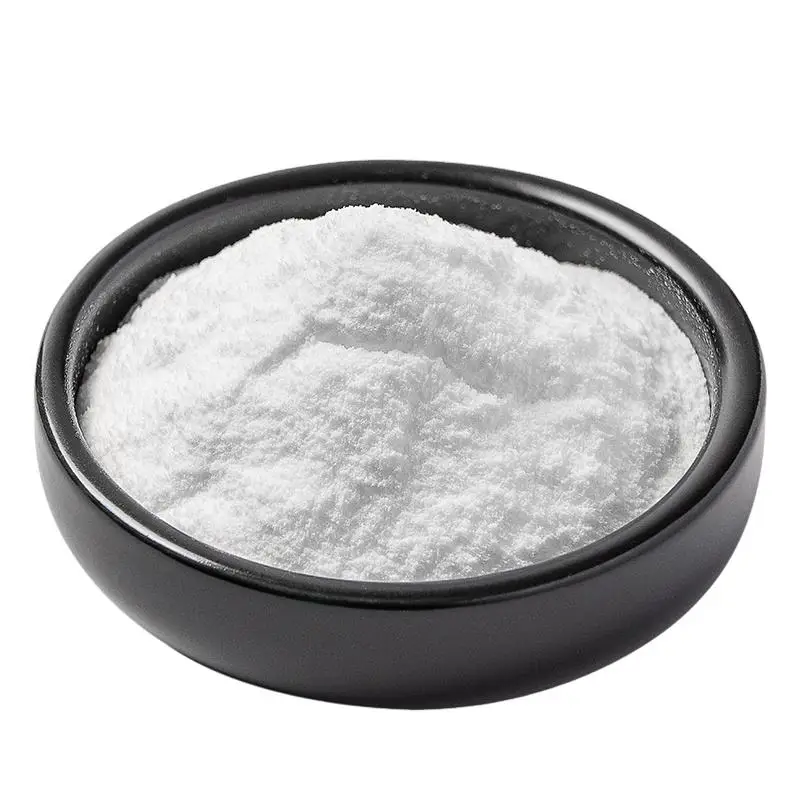What is the optimal concentration for the protective film formed by PVP in the preservation of fruits and vegetables?
In the preservation of fruits and vegetables, the optimal usage concentration of PVP (polyvinylpyrrolidone) protective film is usually 0.1% to 0.4%, and the specific concentration needs to be adjusted according to the type of fruits and vegetables, application methods, and whether other substances are compounded. The following is a detailed analysis based on research data and practical applications:
I. General Concentration Range and Core Basis
The typical concentration of a single PVP processing
·0.1% - 0.2% : Suitable for most fruits and vegetables with thick skins and medium respiration rates, such as apples, pears, citrus fruits, tomatoes, etc. For example:
o Peaches: Treatment with 0.1% PVP aqueous solution can significantly inhibit respiratory intensity, reduce water loss, and the retention rate of vitamin C is 10% to 20% higher than that of the control group.
o apples: 0.1% PVP coating can delay the Browning of the flesh, maintain hardness and soluble solid content, and the effect is better than 1.0% chitosan.
·0.2% to 0.4% : Suitable for thin-skinned or perishable fruits and vegetables (such as cucumbers and carrots), or scenarios requiring long-term storage. For example:
When the PVP concentration in the composite coating film of Gannan navel oranges is 0.4%, it can effectively reduce the weight loss rate and delay the decline of vitamin C and total sugar content.
2. Concentration adjustment in composite coating films
When PVP is compounded with chitosan, plant essential oils, etc., the concentration needs to be appropriately reduced to balance the synergistic effect:
·PVP + Chitosan: In the preservation of peaches, the combination of 0.1% PVP and 2% chitosan can enhance the flexibility and antibacterial properties of the membrane, and the respiratory intensity is reduced by more than 30% compared with the control group.
·PVP + Plant essential oil: During the transportation of blueberries, the PVP-polyvinyl alcohol hydrogel pad (THPP) containing 1% para-cyhaloalkyl-4-alcohol significantly delays rot by sustainably releasing antibacterial components, but the concentration of PVP itself is usually controlled at 0.1% to 0.3%.
Ii. Key Influencing Factors and Concentration Optimization Logic
1. Types of fruits and vegetables and epidermal characteristics
Fruits with thicker skins (such as apples and citrus fruits) : They can tolerate higher concentrations (0.1% to 0.2%), and the dense film can effectively block oxygen and moisture.
For fruits and vegetables with fragile or fuzzy skin (such as strawberries and peaches) : The concentration should be reduced to 0.05% to 0.1% to prevent the membrane from blocking the stoma or damaging the skin.
· Leafy vegetables (such as lettuce and spinach) : It is recommended to keep the film below 0.1% to prevent the film from being too thick and affecting air permeability, which may cause anaerobic respiration and produce unpleasant odors.
2. Differences in application methods
· Soaking method: The concentration can be slightly higher (0.1% to 0.3%), as prolonged contact can ensure uniform film adhesion.
· Spraying method: The concentration should be reduced to 0.05% to 0.2% to prevent the formation of a brittle film after the high-concentration solution dries. For instance, a 0.5% PVP solution in ultrasonic spraying can form a uniform film and simultaneously suppress the surface unevenness caused by the "coffee ring effect".
3. Molecular weight and film-forming properties
· Low-molecular-weight PVP (such as K30) : The recommended concentration is 0.1% to 0.2%. Due to its short chain segments and fast film formation speed, it is suitable for rapid processing.
· High-molecular-weight PVP (such as K90) : The concentration can be reduced to 0.05% to 0.1%. Due to its long-chain structure, it can form a tougher film, and a small amount can meet the strength requirements.
4. Safety and residue control
· Compliance: As a food additive (E1201), the WHO stipulates that the allowable daily intake (ADI) of PVP is 0 to 50 mg/kg of body weight. At a concentration of 0.1% to 0.4%, the residue on the surface of fruits and vegetables is extremely low (< 0.01mg /kg), and it is easily soluble in water. There is no safety risk after washing.
· Process control: In industrial applications, it is necessary to adjust the solvent evaporation rate (such as controlling temperature and humidity) to prevent the membrane from being overly dry or having excessive residue.
Iii. Concentration Selection in Special Scenarios
The synergy effect in the compound system
·PVP + calcium salt: In the preservation of tomatoes, the combination of 0.1% PVP and 0.5% calcium chloride can enhance the toughness of the cell wall and reduce soft rot. At this time, the concentration of PVP does not need to exceed 0.1%.
·PVP + Antioxidants: For fruits and vegetables prone to Browning (such as potatoes and apples), when 0.1% PVP is compounded with 0.05% ascorbic acid, the PVP concentration can be reduced to 0.05%, delaying Browning through a dual antioxidant mechanism.
2. Adjustments in extreme environments
· High-temperature and high-humidity environment: The concentration should be increased to 0.3% to 0.4% to enhance the membrane's density and inhibit microbial growth.
· Cold chain transportation: The concentration can be reduced to 0.1%, as low temperatures themselves can slow down metabolism. Excessively high concentrations may cause the film to become brittle.
Iv. Operational Suggestions for Practical Applications
1. Pre-experimental verification
For new fruit and vegetable varieties or processes, it is recommended to conduct gradient concentration tests (such as 0.05%, 0.1%, 0.2%) first, monitor weight loss rate, hardness, microbial indicators, etc., and select the optimal concentration.
2. Process parameter matching
Soaking time: 5 to 10 minutes to ensure full adhesion of PVP.
Drying conditions: Ventilation and drying at 25℃ to 30℃ to avoid film cracking caused by high temperature.
o Compounding sequence: Dissolve PVP first, then gradually add other components (such as chitosan, essential oil) to avoid flocculation.
3. Balance between equipment and cost
Although spraying equipment (such as ultrasonic spraying) can precisely control the concentration (0.05% to 0.2%), the initial investment is relatively high. The soaking method has a low cost, but attention should be paid to the concentration attenuation of the solution when it is recycled.
V. Safety and Compliance with Regulations
· Residue detection: Regularly test the PVP residue level to ensure compliance with FAO/WHO standards (≤ 0.01mg /kg).
· Label marking: If PVP is used as a component of the composite coating, it must be clearly marked on the packaging as "containing PVP (E1201)", which complies with the requirements for food additive labeling.
Summary
The optimal concentration of PVP protective film needs to be dynamically adjusted within the range of 0.1% to 0.4%. The core principle is to strike a balance between effective film formation and air permeability. For example:
· Apples and citrus fruits: 0.1% to 0.2% single PVP soaking;
· Peaches and navel oranges: 0.1% to 0.4% composite coating (such as PVP + chitosan);
· Spraying process: 0.05% to 0.2% low-concentration solution.
By scientifically matching concentration, process and the characteristics of fruits and vegetables, PVP can maximize the preservation effect while ensuring food safety.
Recommended Products
Hot News
-
Nanjing SUNDGE Chemical New Materials Co., Ltd. participates in the 2025 CPHI China exhibition to jointly expand the global pharmaceutical new materials market
2025-07-10
-
Based on the law, ensure the quality and safety of veterinary drugs-SUNDGE participated in the veterinary drug industry management training
2025-01-08
-
SUNDGE Nanjing Ali Center Outbound Visit
2024-10-28
-
The Turkish guests visited the factory and reached the intention of cooperation
2024-09-13
-
SUNDGE Successfully Exhibited CPHI South China Station
2024-02-28
-
SUNDGE participates in the course "Annual Business Plan and Comprehensive Budget Management
2024-02-28
-
Watch and help each other! SUNDGE donates 10000 yuan to the Gansu earthquake stricken area
2024-02-28
-
Good news - The company has successfully obtained the Veterinary Drug Business License Certificate
2024-02-28

 EN
EN
 AR
AR
 NL
NL
 FI
FI
 FR
FR
 DE
DE
 EL
EL
 HI
HI
 IT
IT
 JA
JA
 KO
KO
 NO
NO
 PL
PL
 PT
PT
 RO
RO
 RU
RU
 ES
ES
 SV
SV
 CA
CA
 TL
TL
 IW
IW
 ID
ID
 SR
SR
 UK
UK
 VI
VI
 SQ
SQ
 ET
ET
 HU
HU
 TH
TH
 TR
TR
 FA
FA
 MS
MS
 CY
CY
 BE
BE
 BN
BN
 BS
BS
 EO
EO
 LO
LO
 LA
LA
 MN
MN
